During these initial few weeks of establishing content on Patreon, we will share a few of the posts usually only available to Patrons. You can support our work and become a Patron here: Attucks Adams on Patreon
Enjoy!
-Tim
Converting a live, in-person walking tour into an online "virtual tour" or "virtual field trip" experience wasn't as straightforward as I initially imagined. The lesson planning, the presentation, even the content have all required drastic change. I've been forced to rethink what themes and important messages I want to get across, and what media I need to illustrate those narratives.
Of course, photographs are key to illustrating an historical narrative, especially when I can't just point to a building and reference history against it in real time. On the flip side, being forced to rethink how I present information has allowed me to even further back up some of the stories I have used on tour with even more nuance.
Looking at the first photograph here: What do you see?
What is the setting? Who are these guests? What are they doing?
As part of the U Street tour (Art & Soul of Black Broadway), I tell a story about Ahmet Ertegun. Ahmet was son of the Turkish Ambassador to the United States. As such, he lived in the Turkish Embassy with his family. Ertegun and his brother Nesuhi were heavy into jazz music and became nuanced fans of the genre. They spent time on 7th Street NW, the "Black Broadway" of Washington, DC at the time, including Howard Theatre and Waxie Maxie's record store.
At the time (early 1940s) Washington, DC was severely segregated like much of the United States, and in most places jazz or any other musical performance would not be played publicly with black and white artists together.
However, the Erteguns had another vision. Ahmet and his brother Nesuhi often hosted salons and jazz concerts with the top artists of their time, specifically inviting Black artists into the embassy, so much so that their neighbors in the all white Sheridan Circle neighborhood questioned why Black folks were allowed to enter the embassy through the front door. Along with the performances and jazz sessions, the Etergun's had all the artists gather over a meal, usually lunch.
This photo is from one of the lunches in the 1940s. Included in the photo are Nesuhi Ertegun, Adele Girard, Joe Marsala, Zutty Singleton, Max Kaminsky, an unnamed person, Ahmet M. Ertegun, Sadi Coylin, and (likely) Benny Morton.
Ahmet Ertegun went on to graduate studies at Georgetown University and while there, started a small record label for DC r&b and gospel artists. He later enlisted an investment and partnership from friend Herb Abramson. By 1947 they had incorporated Atlantic Records in New York City. Atlantic Records became one of the most influential labels in jazz, soul, pop, rock, and other genres.
Most of this information won't make it into the 90 minute tour, but on occasion I have guests who are big on Turkish history, American diplomatic history, long shuttered DC record stores, jazz in America, or any number of tangential topics to the tour. Being able to go just one level deeper into the narrative creates value for guests, and opens a door to further learning for me as the storyteller.
I'll continue to post photos, images, and objects that won't ever make it into a tour, but that drive my research and tour building. I’m grateful for this new outlet!
The photo in this post is from the Library of Congress William P. Gottlieb Collection.









